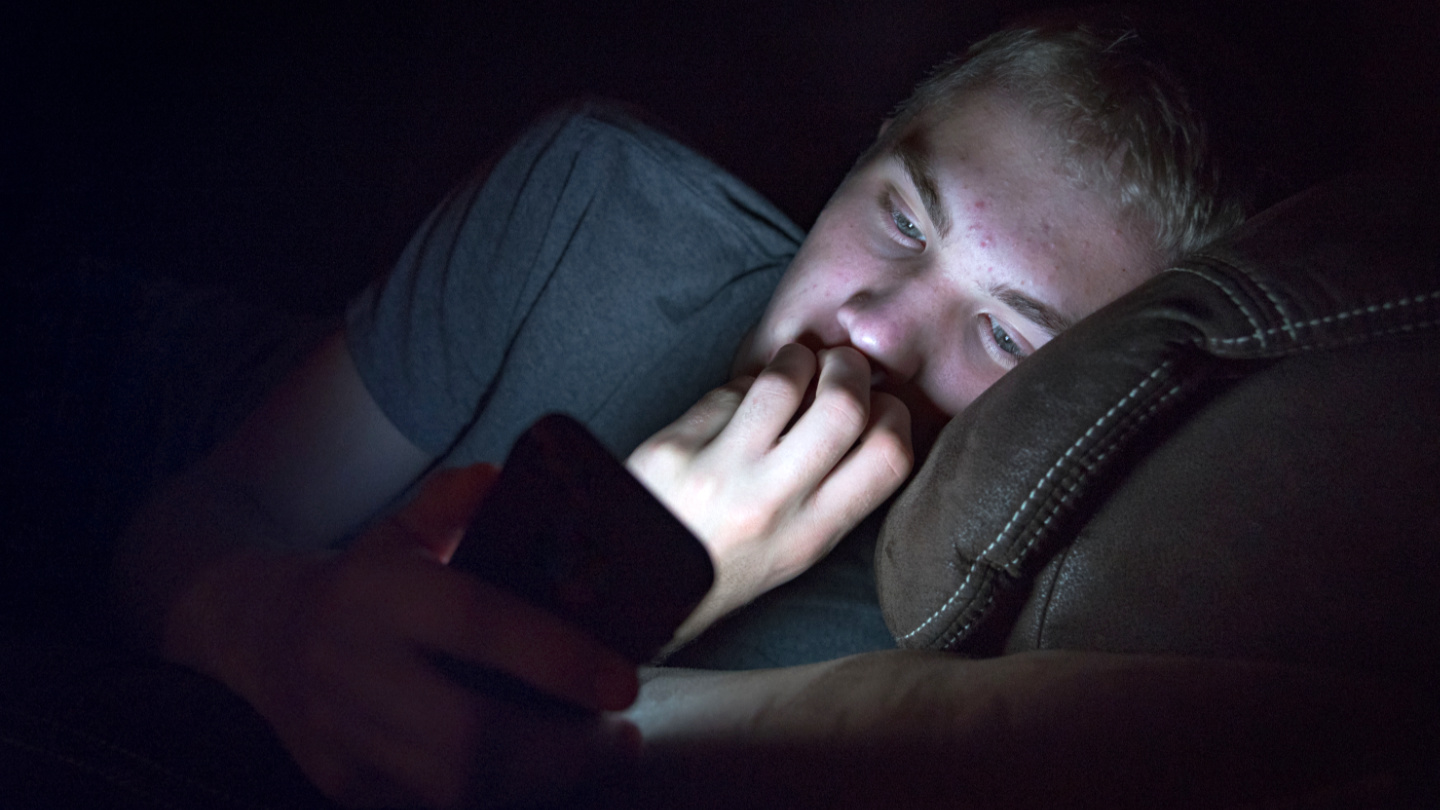fact
An international study finds the vast majority of 15-year-olds can’t tell when they’re being manipulated.
What information can we trust? Truth isn’t black and white, so here are three requirements every fact should meet.
▸
7 min
—
with
“We love, as a culture, to attack messengers when the message is something that makes us feel uncomfortable,” says journalist Wesley Lowery.
▸
3 min
—
with


